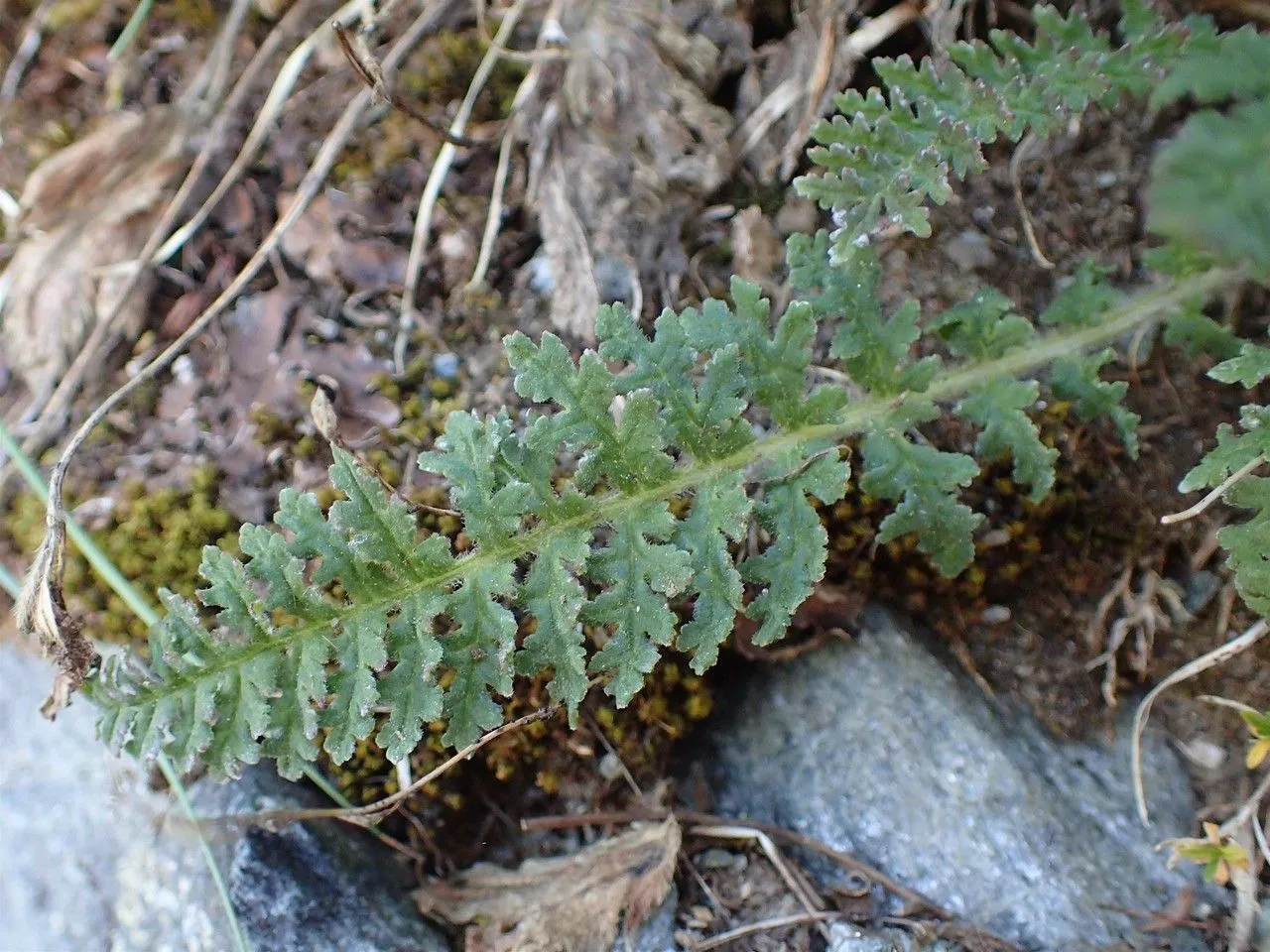
Author: Vill.
Bibliography: Hist. Pl. Dauphiné 2: 426 (1787)
Year: 1787
Status: accepted
Rank: species
Genus: Pedicularis
Vegetable: False
Observations: E. Pyrenees, SW. & S. Alps
Tufted lousewort, scientifically known as Pedicularis gyroflexa, is a distinctive flowering plant that belongs to the Orobanchaceae family. First documented in 1787 by the author Villars in “Hist. Pl. Dauphiné,” this fascinating species has captivated botanists and plant enthusiasts alike.
Habitat and Distribution:
The tufted lousewort thrives in specific regions of Europe, notably in the Eastern Pyrenees and the southwestern and southern Alps. These mountainous areas provide the ideal conditions for this plant to flourish, offering a unique environment characterized by high altitudes and cool, moist climates. The plant is often found in alpine meadows and grasslands where it forms part of a diverse and intricate ecosystem.
Botanical Characteristics:
This perennial herb is renowned for its distinct tufted growing pattern, which lends it the common name “tufted lousewort.” The foliage typically features finely divided leaves that are both intricate and delicate in appearance. The plant’s vibrant flowers are usually a striking shade of pink or purple, making them easy to spot amidst the green backdrop of their natural habitat.
Ecological Role:
As a member of the Orobanchaceae family, Pedicularis gyroflexa plays an essential role in the ecosystem. This family is known for its partially parasitic nature, with some species deriving part of their nutrients from the roots of neighboring plants. This unique adaptation allows the tufted lousewort to thrive in nutrient-poor soils where other species might struggle.
Conservation and Interest:
The tufted lousewort’s presence in the Pyrenees and Alps highlights the importance of preserving these delicate alpine ecosystems. As climate change and human activities continue to impact these regions, understanding and protecting plants like Pedicularis gyroflexa become crucial. Conservation efforts are essential to maintain the biodiversity and ecological balance of these mountainous habitats.
Pedicularis gyroflexa, with its tufted form and striking flowers, is more than just a plant; it is a symbol of the intricate and delicate balance of alpine ecosystems. As we continue to study and appreciate this remarkable species, we gain insight into the broader environmental health of the regions it inhabits.
En: Tufted Lousewort
Fr: Pédiculaire arquée
De: Bogenblütiges Läusekraut, Gedrehtblütiges Läusekraut, Gedrehtes Läusekraut
It: Pedicolare spiralata
Taken Jul 8, 2015 by Tela Botanica − Yoan MARTIN (cc-by-sa)
Taken Jul 20, 1987 by Tela Botanica − Liliane ROUBAUDI (cc-by-sa)
Taken Jul 8, 2015 by Tela Botanica − Yoan MARTIN (cc-by-sa)
Taken Jun 11, 2017 by Yoan MARTIN (cc-by-sa)
Taken Jun 5, 2018 by stremsdoerfer (cc-by-sa)
Taken Jun 24, 2017 by Yoan MARTIN (cc-by-sa)
Taken Jun 24, 2017 by Yoan MARTIN (cc-by-sa)
Taken Jun 24, 2017 by Yoan MARTIN (cc-by-sa)
Taken Jun 24, 2017 by Yoan MARTIN (cc-by-sa)
Taken Jul 1, 2017 by Yoan MARTIN (cc-by-sa)
Taken Jun 20, 2020 by MICHEL DUSSERE (cc-by-sa)
Taken Jul 1, 2017 by Yoan MARTIN (cc-by-sa)
Taken Jun 24, 2017 by Yoan MARTIN (cc-by-sa)
Taken Jul 5, 2010 by Tela Botanica − Marie PORTAS (cc-by-sa)
Taken Jul 20, 1987 by Tela Botanica − Liliane ROUBAUDI (cc-by-sa)
Taken Jun 11, 2017 by Yoan MARTIN (cc-by-sa)
Taken Jun 24, 2017 by Yoan MARTIN (cc-by-sa)
Taken Jul 8, 2015 by Tela Botanica − Yoan MARTIN (cc-by-sa)
Taken Jun 11, 2017 by Yoan MARTIN (cc-by-sa)
Taken Jul 15, 1999 by Photoflora – Benoit BOCK (©)
Taken Aug 15, 2012 by Photoflora – Benoit BOCK (©)
Taken Jan 1, 1970 by Photoflora – L’Abbé COSTE (©)
Ph maximum: 7.5
Ph minimum: 7.0
Light: 8
Atmospheric humidity: 5
Soil nutriments: 2
Family: Myrtaceae Author: (F.Muell.) K.D.Hill & L.A.S.Johnson Bibliography: Telopea 6: 402 (1995) Year: 1995 Status:…
Family: Rubiaceae Author: Pierre ex A.Froehner Bibliography: Notizbl. Bot. Gart. Berlin-Dahlem 1: 237 (1897) Year:…
Family: Sapindaceae Author: Koidz. Bibliography: J. Coll. Sci. Imp. Univ. Tokyo 32(1): 38 (1911) Year:…
Family: Asteraceae Author: A.Gray Bibliography: Pacif. Railr. Rep.: 107 (1857) Year: 1857 Status: accepted Rank:…
Family: Fabaceae Author: Medik. Bibliography: Vorles. Churpfälz. Phys.-Ökon. Ges. 2: 398 (1787) Year: 1787 Status:…
Family: Aspleniaceae Author: (Cav.) Alston Bibliography: Bull. Misc. Inform. Kew 1932: 309 (1932) Year: 1932…